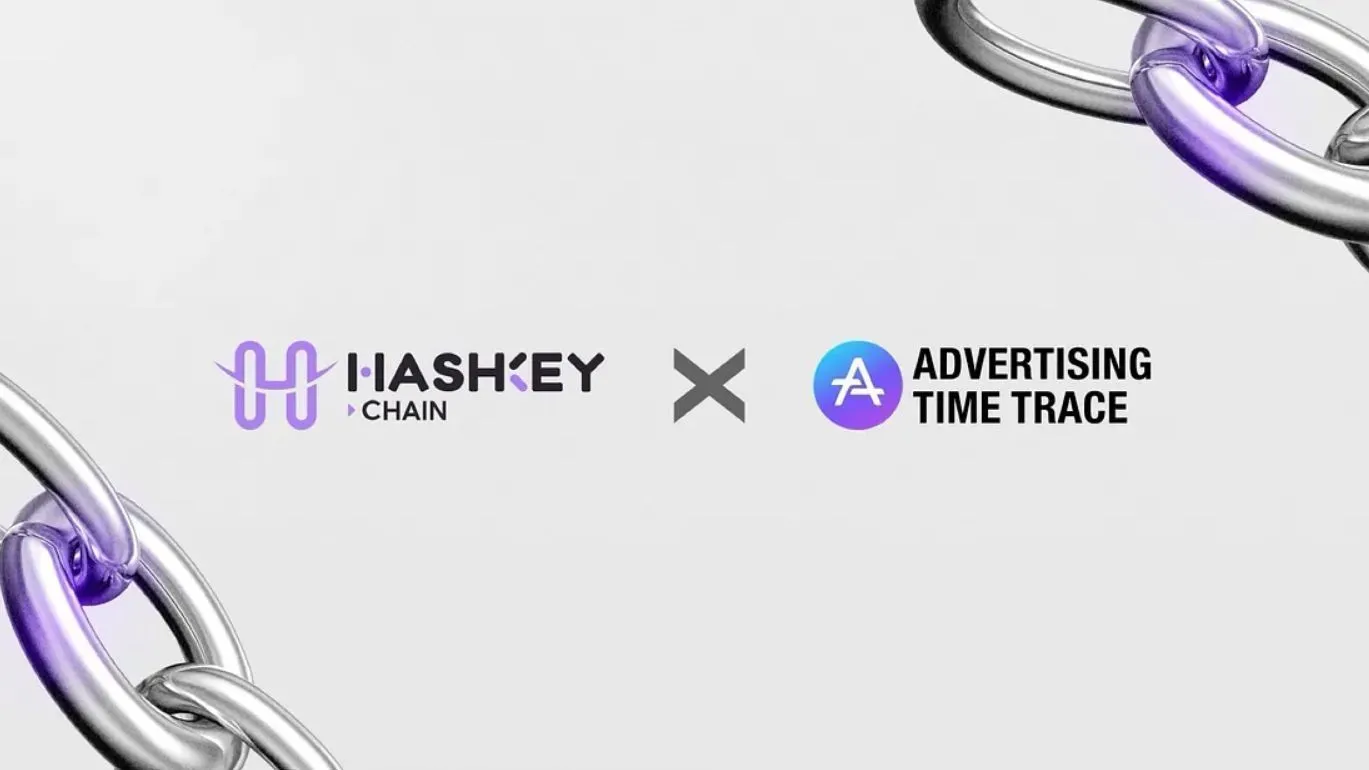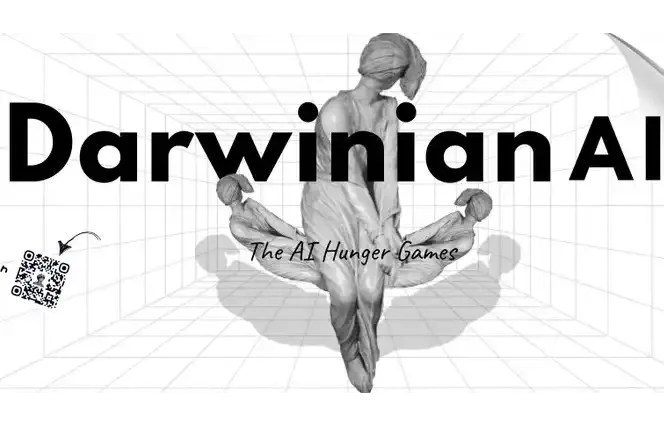The Federal Reserve's payment system is quietly opening a door to stablecoins, which could be a key step for digital currencies moving from the financial periphery to core infrastructure.
On October 22, Federal Reserve Governor Christopher Waller announced at the inaugural Payment Innovation Conference that the Federal Reserve has proposed the launch of a new type of "streamlined master account," allowing compliant fintech companies and stablecoin issuers to directly access the Federal Reserve's payment system.
This move means that eligible digital asset institutions will be able to connect directly to the core network of the U.S. sovereign currency clearing system for the first time, without relying on intermediary banks.

1. Policy Breakthrough: From Closed to Limited Opening
The Federal Reserve's payment system opening policy takes on greater significance when viewed in a global context. This opening model aligns with the direction proposed by the Bank for International Settlements (BIS).
● "Streamlined master accounts" are also commonly referred to as "limited access master accounts," focusing on providing limited access to Federal Reserve payment services for specific non-bank institutions.
According to the proposal, these institutions do not need to obtain a full banking license to access instant payment systems like FedNow through streamlined accounts, enabling faster and lower-cost U.S. dollar settlements.
● Governor Waller clearly stated at the Payment Innovation Conference: "We no longer view the DeFi industry with skepticism or disdain." He emphasized that the Federal Reserve intends to actively participate in the technology-driven payment revolution.
● Compared to other global regulatory frameworks like the EU's MiCA legislation, the Federal Reserve's "limited access" model is unique. It neither issues central bank digital currency (CBDC) nor socializes some digital payment functions through "compliance outsourcing."
2. Market Reaction: From Wait-and-See to Active Layout
The market reacted immediately after the policy announcement.
● USDC trading volume on the XBIT decentralized exchange platform surged over 200%, with daily liquidity exceeding $540 million, setting a historical high since the platform's inception.
● Within 12 hours of the policy announcement, the XBIT platform quickly adjusted its pricing mechanism, optimizing the USDC funding rate to around 0.008%, becoming one of the most competitive levels in the market.
Market Reaction Data Table
| Indicator | Pre-Policy Data | Post-Policy Data | Change Rate | |------------------------------------|------------------|-------------------|--------------| | XBIT Platform USDC Daily Trading Volume | $170 million | $540 million | 217% | | USDC Average Funding Rate | 0.01%-0.03% | About 0.008% | Decrease 40%-60% | | USDC On-Chain Transfer Count | Baseline Level | Increase 340% | Significant Increase | | Average Single Transaction Amount | $82,000 | $237,000 | Nearly Tripled |
Source: Compiled by AiCoin
After the Federal Reserve released clear policy signals, stablecoin issuers and traditional financial institutions have begun to adjust their strategic layouts.
● Stablecoin issuers like Circle have proactively applied for national trust bank licenses from the Office of the Comptroller of the Currency (OCC) to meet potential federal regulatory requirements. Obtaining a master account means stablecoin issuers can reduce their reliance on commercial banks and lower counterparty risk.
● At the same time, traditional financial institutions like BlackRock and JPMorgan are pushing for large-scale asset tokenization (RWA) through their blockchain platforms.
These institutional products invariably rely on stablecoins or equivalent on-chain dollars as a clearing medium, and the Federal Reserve's policy opening provides them with a more direct compliance path.
● According to a report by Bloomberg titled "RWA Market Quarterly Review," the global RWA tokenized asset scale surpassed $48 billion in the third quarter of 2025, growing over 70% since the beginning of the year.
The U.S. market accounts for over 40%, primarily driven by institutional products such as JPMorgan's Onyx project, BlackRock's BUIDL fund, and Goldman Sachs' GS DAP platform.
3. Global Perspective: Competition for a New Order of Digital Currency
The Federal Reserve's move to open its payment system has triggered a chain reaction globally, with major economies responding to the wave of digital currencies in different ways.
Table: Comparison of Regulatory Approaches to Stablecoins/RWA by Major Economies
| Country/Region | Regulatory Approach | Key Measures | Progress and Impact | |----------------|------------------------------|---------------------------------------|-----------------------------------------| | United States | Limited access to payment system | Proposal for "limited access master accounts" | Potentially reshaping the global stablecoin landscape | | European Union | Clear definitions, unified constraints | MiCA regulatory framework | Strict pre-classification, lacking flexibility | | Singapore | Project-oriented experiments | Project Guardian plan | Exploring RWA tokenization regulatory framework | | Switzerland | Bank-led | Allows issuance of "account-linked stablecoins" | For institutional RWA transactions | | Hong Kong | Multiple tools coexist | Stablecoin regulations effective in August | Emphasizes stablecoins as payment, not investment tools |
Source: Compiled by AiCoin
● The European Central Bank has tested digital euro payments in 2024 using a "bank channel model," but has always maintained a separation between digital assets and central bank accounts.
● In contrast, the Federal Reserve's "proposal" allows certain compliant institutions to directly enter the core payment network, which is undoubtedly a form of "structural innovation" at the regulatory level.
● Hong Kong Monetary Authority Chief Executive Eddie Yue publicly stated that stablecoins are not investment or speculative tools, but one of the payment tools utilizing blockchain technology, and they do not have appreciation potential.
4. Risk Concerns: Internal Divisions and Warnings at the Federal Reserve
● This transformation still carries concerns, and dissenting voices cannot be ignored.
U.S. Treasury officials expressed caution in an interview with The New York Times, emphasizing that allowing stablecoin institutions into the payment system "does not mean they gain the same status as banks," as regulators remain concerned about cross-border capital flows and anti-money laundering risks.
● There are also divisions within the Federal Reserve on this issue.
Federal Reserve Governor Michelle Bowman has repeatedly warned in recent public speeches. "We are entering a complex phase, and regulators need to ensure that new payment tools do not undermine the stability of the financial system."
The conservative viewpoint she represents is concerned that connecting non-bank institutions to the core payment system could introduce new channels for risk contagion into the financial system, such as the risk of stablecoin runs potentially directly impacting the stability of the payment network.
● Federal Reserve Governor Michael Barr has also expressed concerns about Bitcoin potentially becoming a reserve asset for stablecoins.
He pointed out that under the newly passed GENIUS Act, stablecoins could use Bitcoin as a reserve asset, which could threaten the stability of these digital payment tools.
5. Future Direction: Reconstruction and Challenges of Financial Infrastructure
Looking ahead, the opening of the Federal Reserve's payment system will trigger a series of profound changes while also facing numerous challenges.
● Technological integration is the primary obstacle. Chainlink co-founder Sergey Nazarov pointed out that the existing financial network remains fragmented and outdated, with issues in compliance, identity verification, and accounting systems.
● Interoperability is the biggest challenge.
● Regulatory balance is another major difficulty. The Federal Reserve faces a dilemma: on one hand, it wants to control the risk transmission of the digital asset system through "institutional absorption."
On the other hand, it must ensure that the diversity of the innovation ecosystem is not overly suppressed. In comments from CoinDesk, several industry analysts pointed out that the result of stablecoins accessing the central bank system could be "the gradual centralization of blockchain."
● The RWA market will be dominated by large financial institutions, squeezing the survival space of small innovators.
From the perspective of international competition, when RWA assets can be settled directly in stablecoin form, their international liquidity no longer relies on the traditional foreign exchange system but is based on a globally programmable clearing layer on the blockchain.
This provides a new extension path for the dominance of the dollar system globally.

The global financial system stands at a crossroads of digital transformation. With the opening of the Federal Reserve's payment system, a bridge connecting traditional finance and the crypto world is being built. Whether we will usher in a more open, efficient, and inclusive global financial system in the future will depend on the wisdom of regulators in various countries and the co-creation of market participants.
Join our community to discuss and grow stronger together!
Official Telegram community: https://t.me/aicoincn
AiCoin Chinese Twitter: https://x.com/AiCoinzh
OKX benefits group: https://aicoin.com/link/chat?cid=l61eM4owQ
Binance benefits group: https://aicoin.com/link/chat?cid=ynr7d1P6Z
免责声明:本文章仅代表作者个人观点,不代表本平台的立场和观点。本文章仅供信息分享,不构成对任何人的任何投资建议。用户与作者之间的任何争议,与本平台无关。如网页中刊载的文章或图片涉及侵权,请提供相关的权利证明和身份证明发送邮件到support@aicoin.com,本平台相关工作人员将会进行核查。




